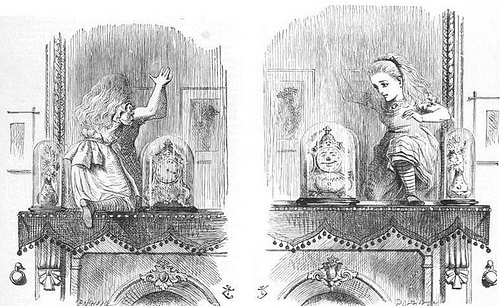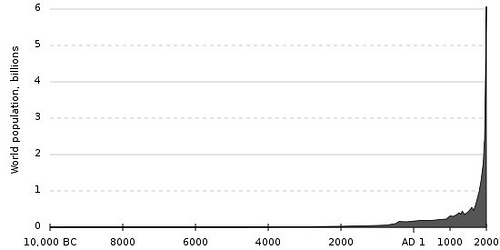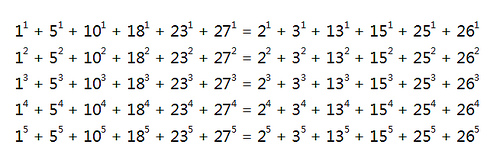One of the most enduring contributions to the [Wolfgang] Pauli legend was the ‘Pauli Effect,’ according to which Pauli could, by his mere presence, cause laboratory accidents and catastrophes of all kinds. Peierls informs us that there are well-documented instances of Pauli’s appearance in a laboratory causing machines to break down, vacuum systems to spring leaks, and glass apparatus to shatter. Pauli’s destructive spell became so powerful that he was credited with causing an explosion in a Göttingen laboratory the instant his train stopped at the Göttingen station.
– William H. Cropper, Great Physicists, 2004
(To exaggerate the effect, Pauli’s friends once arranged to have a chandelier crash to the floor when he arrived at a reception. When he appeared, a pulley jammed, and the chandelier refused to budge.)




